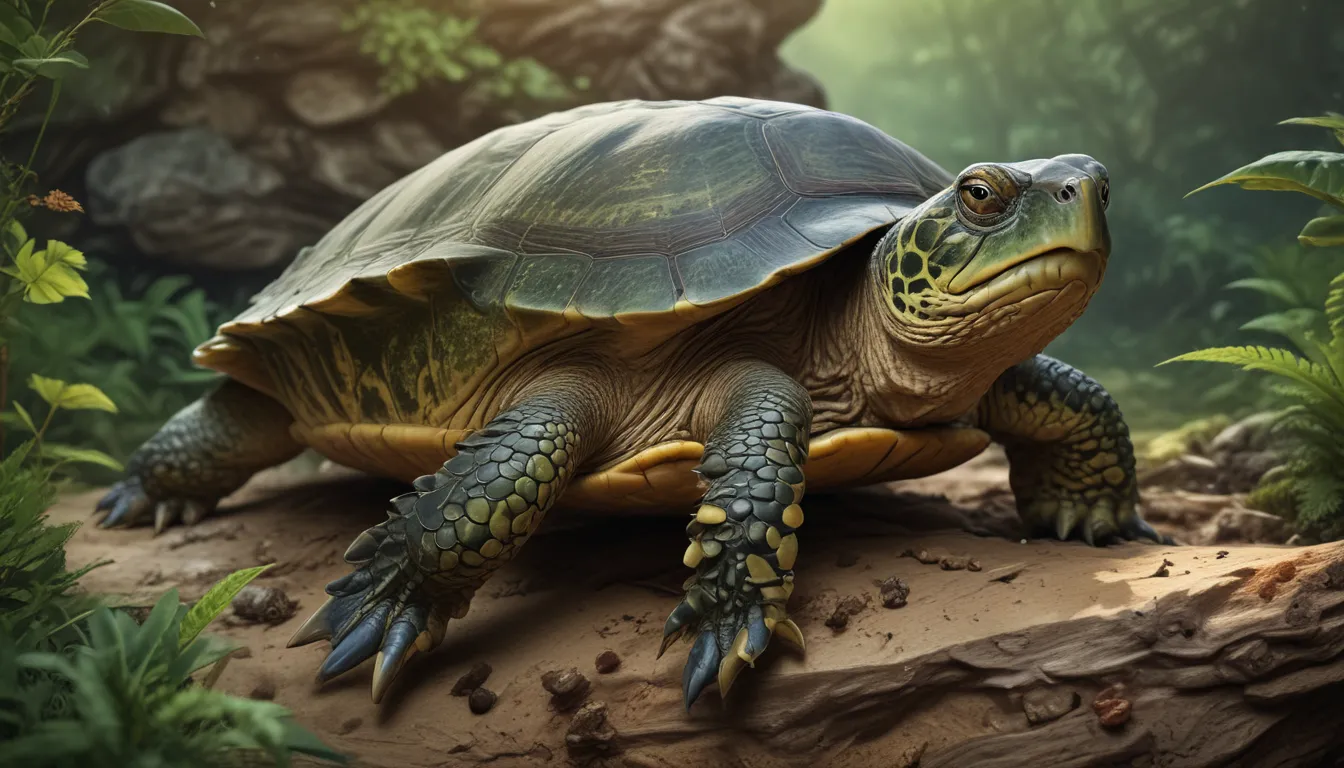The pictures we use in our articles might not show exactly what the words say. We choose these pictures to make you interested in reading more. The pictures work together with the words but don’t take their place. The words still tell you the important facts.
Turtles have long fascinated people with their slow movement, long lifespan, and iconic hard shells. However, when it comes to classifying these fascinating creatures, there seems to be some confusion among the general public. Are turtles reptiles, or are they amphibians? Let's delve into the world of turtles and uncover the truth behind their classification!
Understanding the Classification of Turtles
The distinction between reptiles and amphibians can often be blurry for many people. Traditionally, any animal that laid eggs was considered a reptile. This classification led to reptiles and amphibians being grouped together. However, in the 19th century, the scientific community recognized the distinct differences between reptiles and amphibians.
French zoologist Pierre André Latreille played a key role in separating tetrapods into four distinct classes, including reptiles and amphibians. This classification marked a significant milestone in the scientific understanding of these two groups of animals.
Decoding the Traits of Reptiles
Reptiles, encompassing approximately 11,700 species, range from crocodiles to turtles. One defining characteristic of reptiles is their status as tetrapods, possessing either four limbs or evolving from ancestors with four limbs. This class includes a diverse array of creatures, varying from tiny geckos to colossal saltwater crocodiles.
Unveiling the World of Amphibians
Amphibians, with around 8,000 species predominantly comprising frogs, reside under the class Amphibia. Like reptiles, amphibians are tetrapods and inhabit diverse environments from land to water bodies. The etymology of the term "amphibian" includes "amphíbios," meaning "both" and "bios," meaning "life," reflecting their ability to thrive on land and in water.
Diving into the Realm of Turtles
Turtles, falling under the order Testudines within the class Reptilia, boast a unique characteristic - their shell. This protective shell, comprised of the turtle's bones, shields its vital organs. With 360 species of turtles worldwide, these intriguing creatures vary in size, habitat, and diet. Turtles can be grouped into side-necked and hidden-neck turtles based on how their heads retract into their shells.
Resolving the Mystery: Are Turtles Reptiles?
While some similarities exist between turtles and amphibians, it is essential to discern the distinct features that align turtles with the reptilian classification.
Clarifying Misconceptions:
- Vertebrates Distinction: Vertebrates encompass a wide array of animals with backbones, not limited to reptiles and amphibians. This classification features nearly 70,000 species, including mammals, birds, and fish.
- Cold-Blooded Trait: Both turtles and amphibians exhibit cold-blooded characteristics. However, warmth emanates in the tegu, a unique warm-blooded reptile, setting it apart from other reptiles.
- Semi-Aquatic Nature: Not all turtles possess the ability to thrive in water and land habitats. While terrapins and sea turtles excel in water environments, tortoises exclusively inhabit terrestrial settings.
- Egg-Laying Behavior: Most reptiles, including turtles and amphibians, lay eggs. However, distinguishing factors like egg quantity, eggshell composition, and nesting habitats set these species apart.
Unique Features of Turtles:
- Lung Functionality: Turtles solely rely on lungs for respiration, contrasting with amphibians that often utilize gills or skin for oxygen exchange.
- Absence of Metamorphosis: Unlike amphibians undergoing metamorphosis from tadpoles to adults, turtles maintain their form throughout their lifespan.
- Scaly Armor: Scales, or scutes, covering a turtle's shell are emblematic of reptiles, offering protection and preventing water loss.
- Skin Traits: Turtles lack toxin-secreting glands on their skin, distinguishing them from amphibians known for their skin secretions.
Navigating Sea Turtles as Reptiles
Although sea turtles demonstrate exceptional aquatic prowess, they remain categorized as reptiles alongside their terrestrial counterparts. These marine marvels possess scales, hard shells, and surface for nesting, signifying their reptilian heritage.
In conclusion, the enigmatic world of turtles unveils a plethora of fascinating traits that cement their status as reptiles. With diverse species, habitats, and evolutionary adaptations, turtles provide a captivating glimpse into the fascinating realm of reptilian wonders. Embrace the wonder of turtles as reptiles and revel in the intricate tapestry of the animal kingdom!






